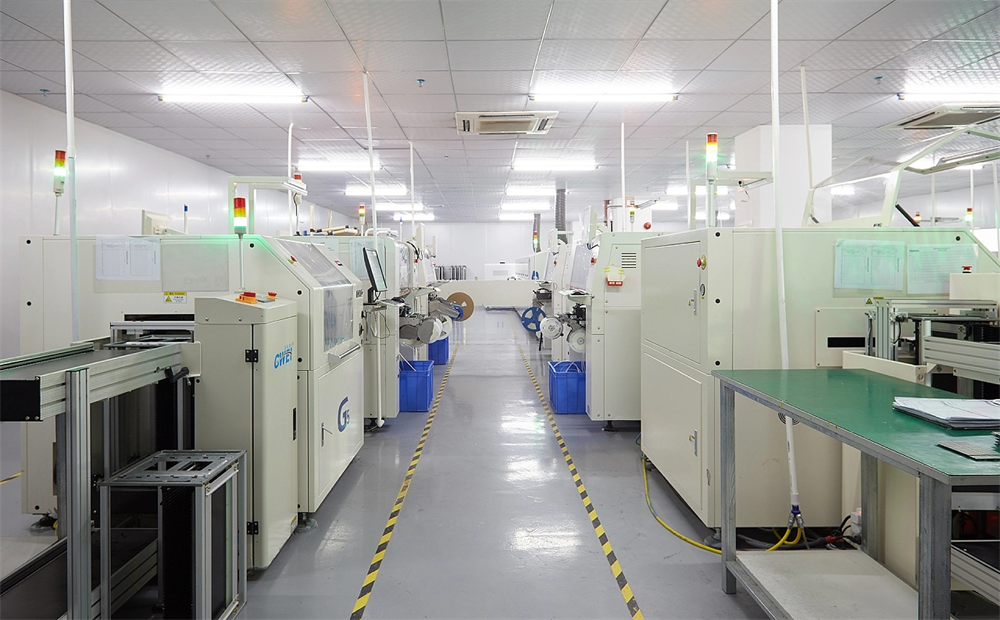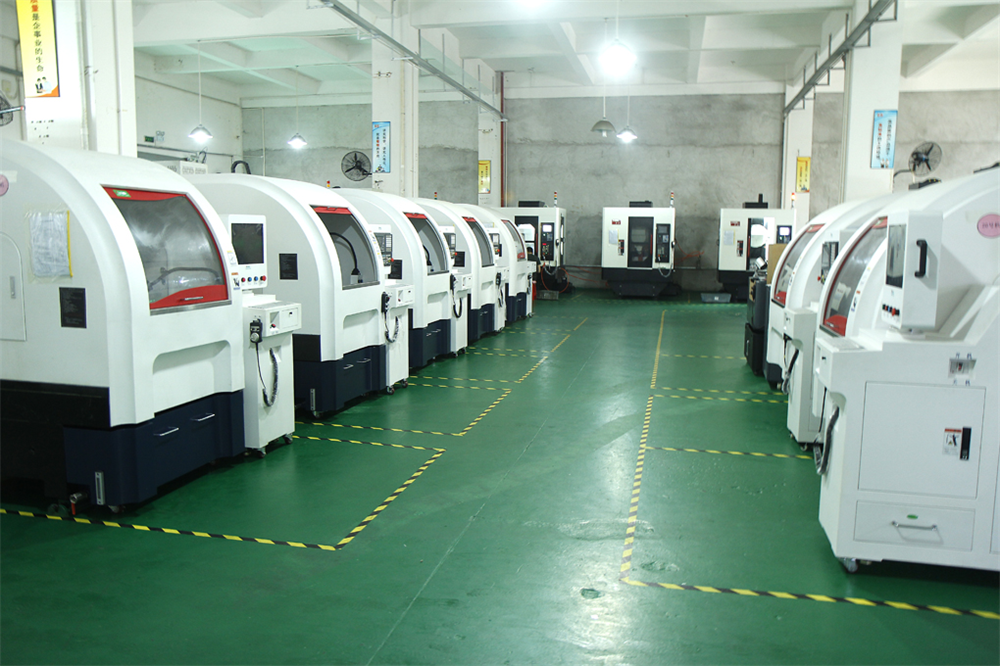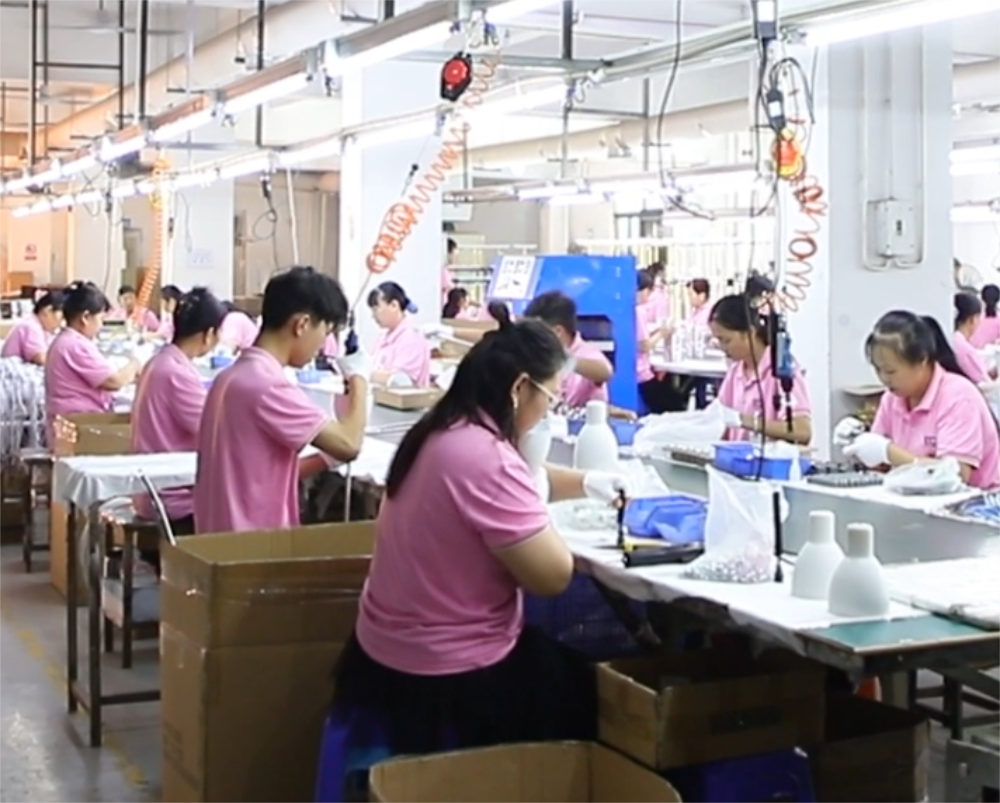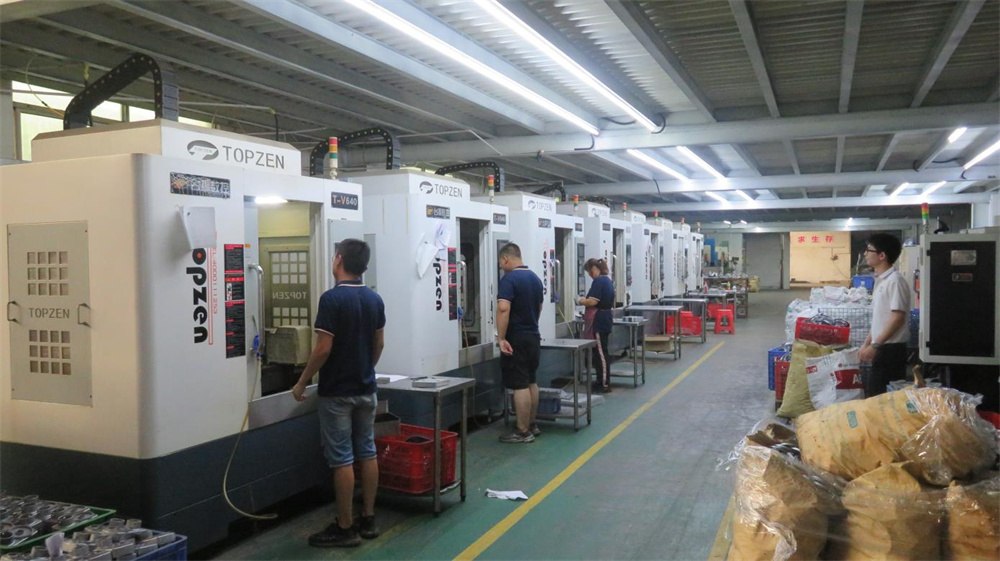I don’t know if you have worked or visited the factory’s control workshop. Usually, factory operations are always streamlined and in full swing. In addition to the necessary equipment and worker seats, there seemed to be only a bunch of icy lights left.
Factory lighting needs not only to illuminate the entire production workshop, but also to prevent worker fatigue, prevent accidents, and prevent the soaring rate of defective products. You know, staring at the same object and doing the same action for a long time is very easy to get tired.
As the factory itself, doing a good job in lighting design and creating a bright and refreshing working environment can not only improve the work efficiency of workers, but also reduce the probability of industrial accidents to a greater extent. So, how do we need to design factory lighting?
First of all, let’s talk about the effects that the factory lighting design needs to achieve
1. Ensure that the illumination of the working space is sufficient to create a bright and refreshing working space for workers.
2. Ensure that the five lighting blind spots in the production workshop ensure that workers work more safely and efficiently.
3. Prevent the generation of glare and reduce the fatigue of workers when working.
So, how can these requirements be achieved? Below, we mainly analyze in depth from the two major aspects of lighting mode and lamp selection.
① Lighting method
In fact, this point is similar to home lighting and commercial lighting. It is also mainly divided into general lighting, local lighting (job lighting), and mixed lighting. As for the meaning of these terms, we have introduced them many times in previous articles. If you are interested, you can click the link above to learn more.
Because the working environment of the factory is simple or complex, the space is large or small, and the machinery and equipment are also of different sizes. Therefore, it is sometimes difficult to avoid shadows and dead spots by relying on general lighting alone. Therefore, at this time, we need to cooperate with the above three lighting methods.
So, how to choose the lighting method?
1. For factory workshops with small space, not very high floor height, and relatively short internal equipment, general lighting can be used;
2. For factories with high requirements on illuminance, responsible working environment, or high shading of machinery and equipment, we recommend the use of mixed lighting for design;
3. When the illumination requirement of a certain work area in the workshop is higher than that of general lighting in a large range, the form of general lighting in partitions can be used;
4. When high illumination is required for a specific work scene, general lighting often cannot meet the requirements. At this time, local lighting can be performed for the space;
5. In any production workshop, there should be no only partial lighting!
② the choice of factory lighting
Choosing stable, high-quality lamps is the basis for implementing an excellent factory lighting design. Therefore, for factory lighting design, the choice of lighting fixtures is very important. Usually, factory lighting sources mainly include metal halide lamps, electrodeless lamps and LED lamps. Of course, LED lamps are undoubtedly a better choice.
Factors affecting the visual perception of factory lighting mainly include illuminance level, illuminance distribution, color temperature, etc. Among them, the influence of illuminance on work efficiency ranks first. The national standard actually has clear regulations on factory lighting. For the work surface that needs to be equipped with local lighting, the local illuminance should reach 1-3 times the general lighting illuminance of the corresponding space. Of course, for different industries, there are also some industry lighting standards, and friends from various industries can refer to them on the basis of the national standard.
The choice of factory lighting fixtures, matters needing attention:
a. Safety should always be considered in the first place, no safety, no production;
b. In the factory workshop or warehouse space with explosive gas or dust, three-proof lights should be used, and their control switches should not be installed in the same place. If they must be installed, explosion-proof switches must be used;
c. In humid indoor and outdoor places, closed lamps with crystal water outlet or open lamps with waterproof ports should be used;
d. Flood lights should be used in hot and dusty places;
e. In the room with corrosive gas and special humidity, sealed lamps and lanterns should be used, and lamps and lanterns with anti-corrosion treatment should be used, and their switches should also be specially protected;
f. For lamps damaged by external force, special protective nets or glass protection should be used. For workplaces with frequent vibrations, anti-vibration lamps should be installed.
To sum up, factory lighting design is related to production efficiency, production quality and employee safety, which in turn affects the survival of the enterprise. Therefore, as a business owner, we must not be careless about the lighting of the production plant.





